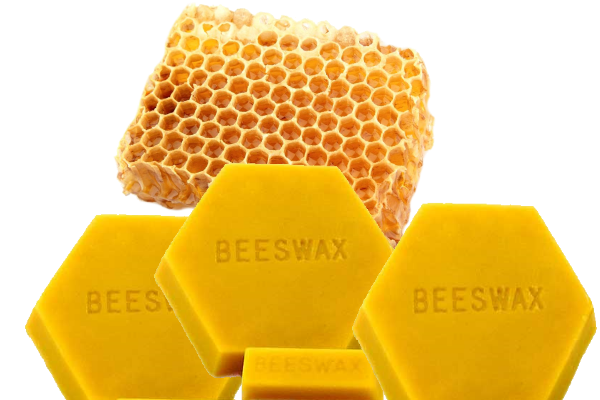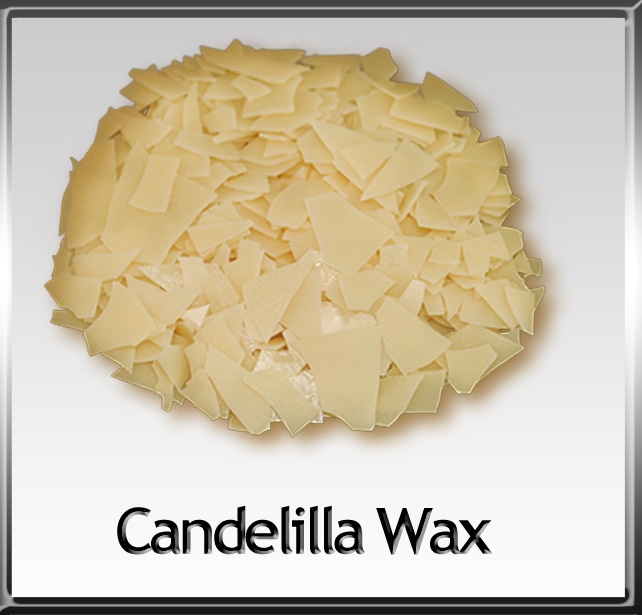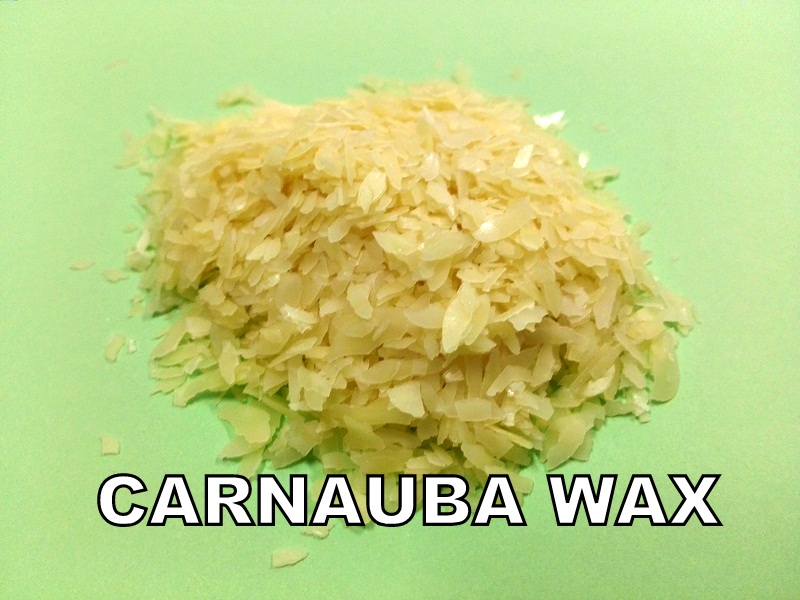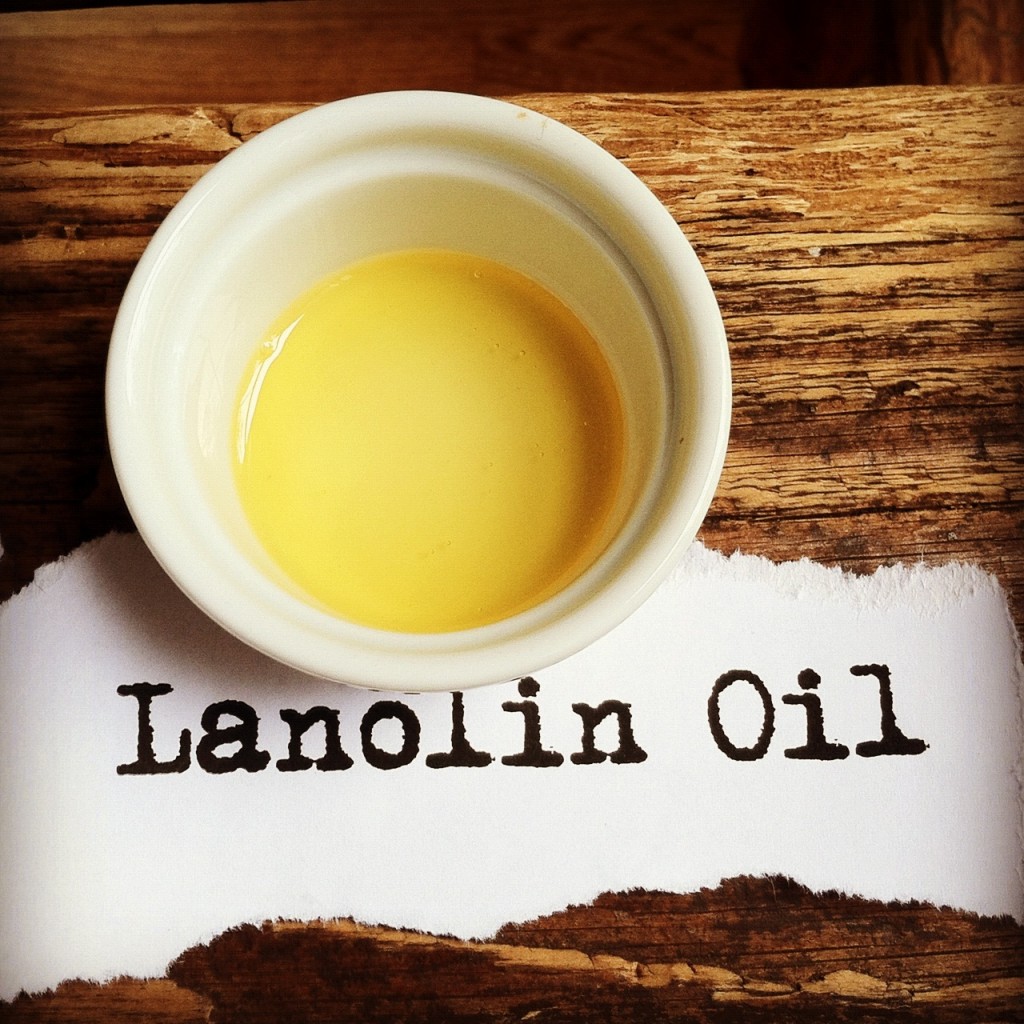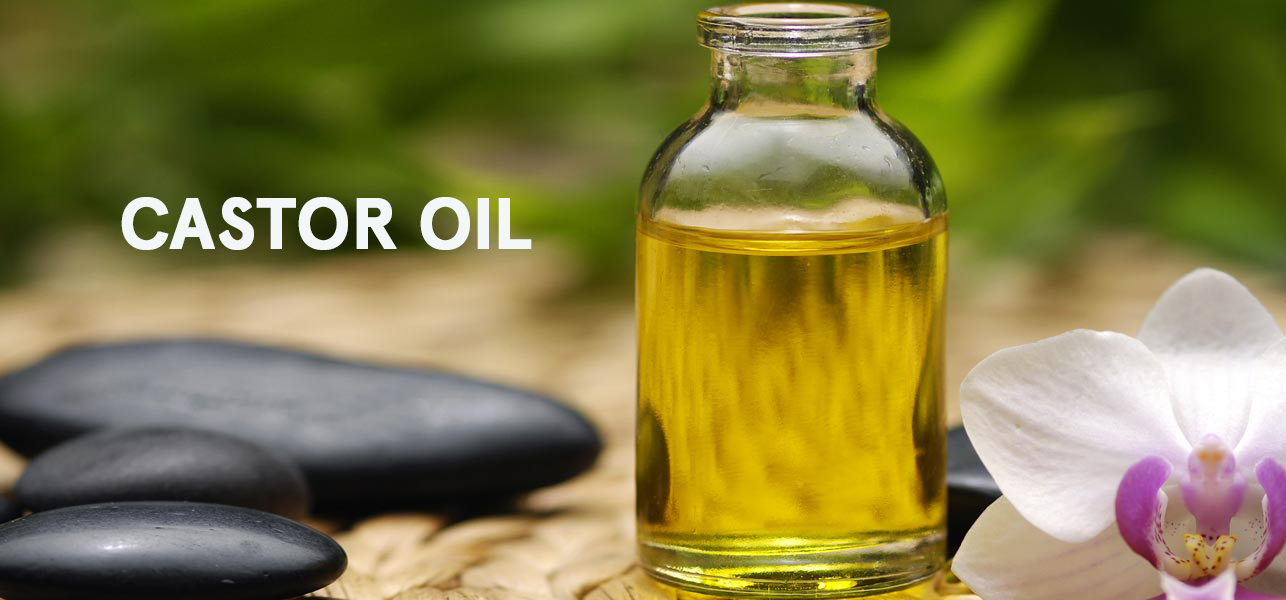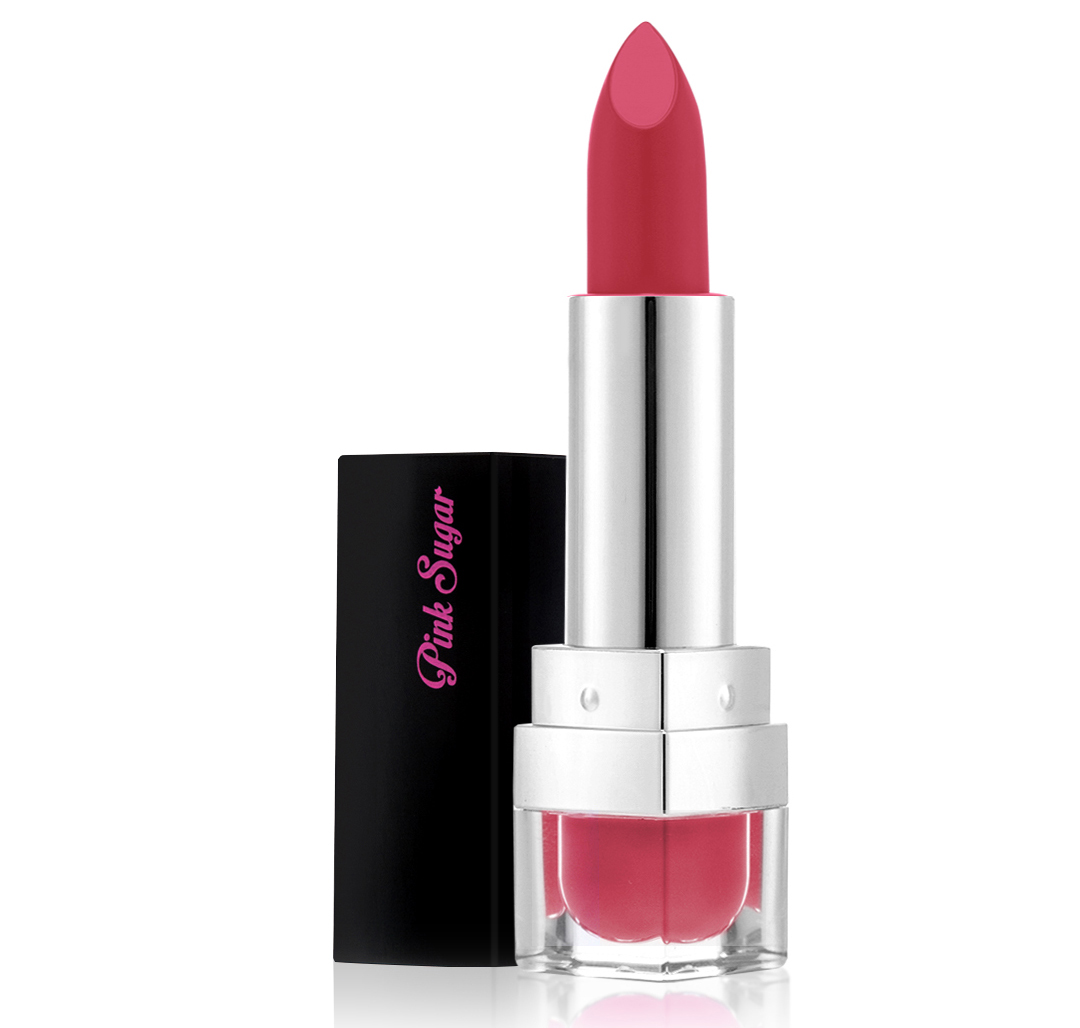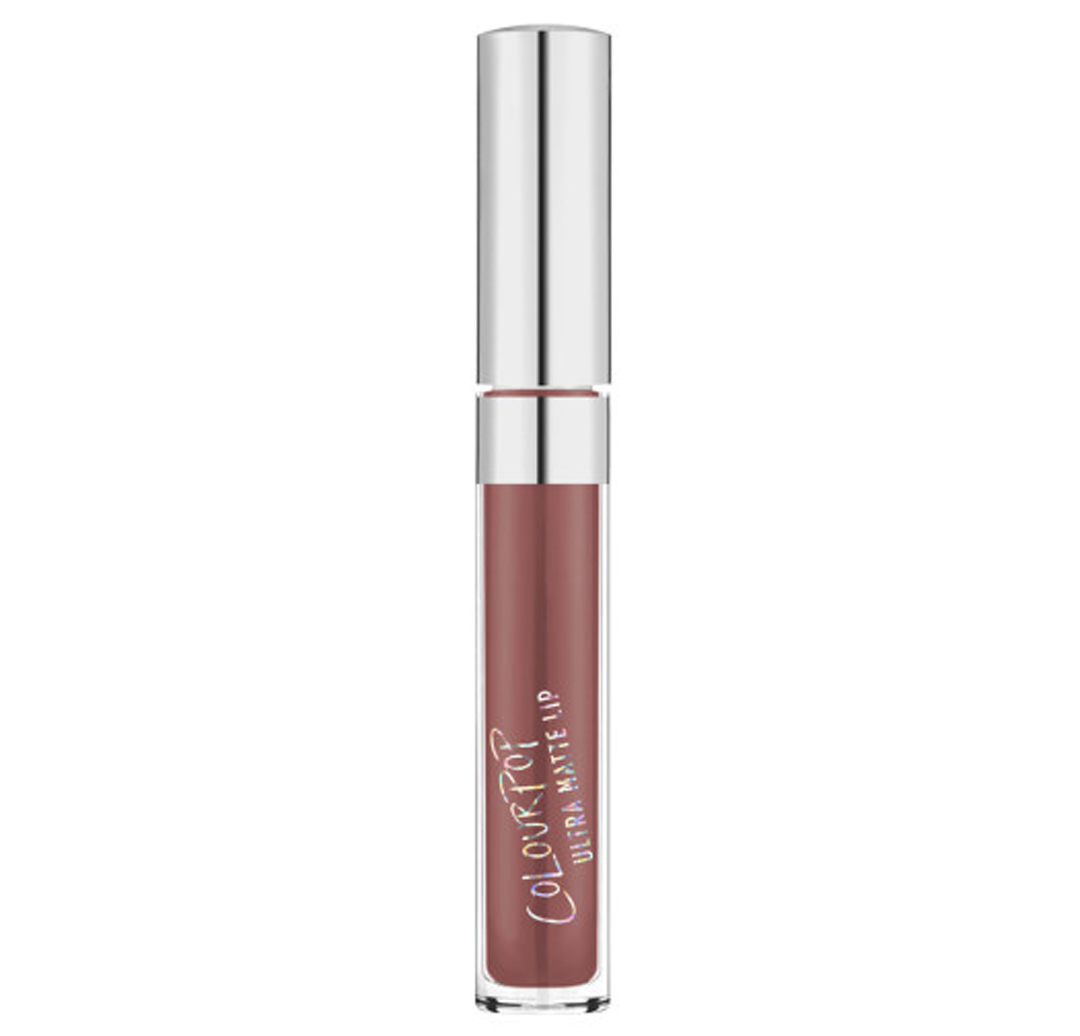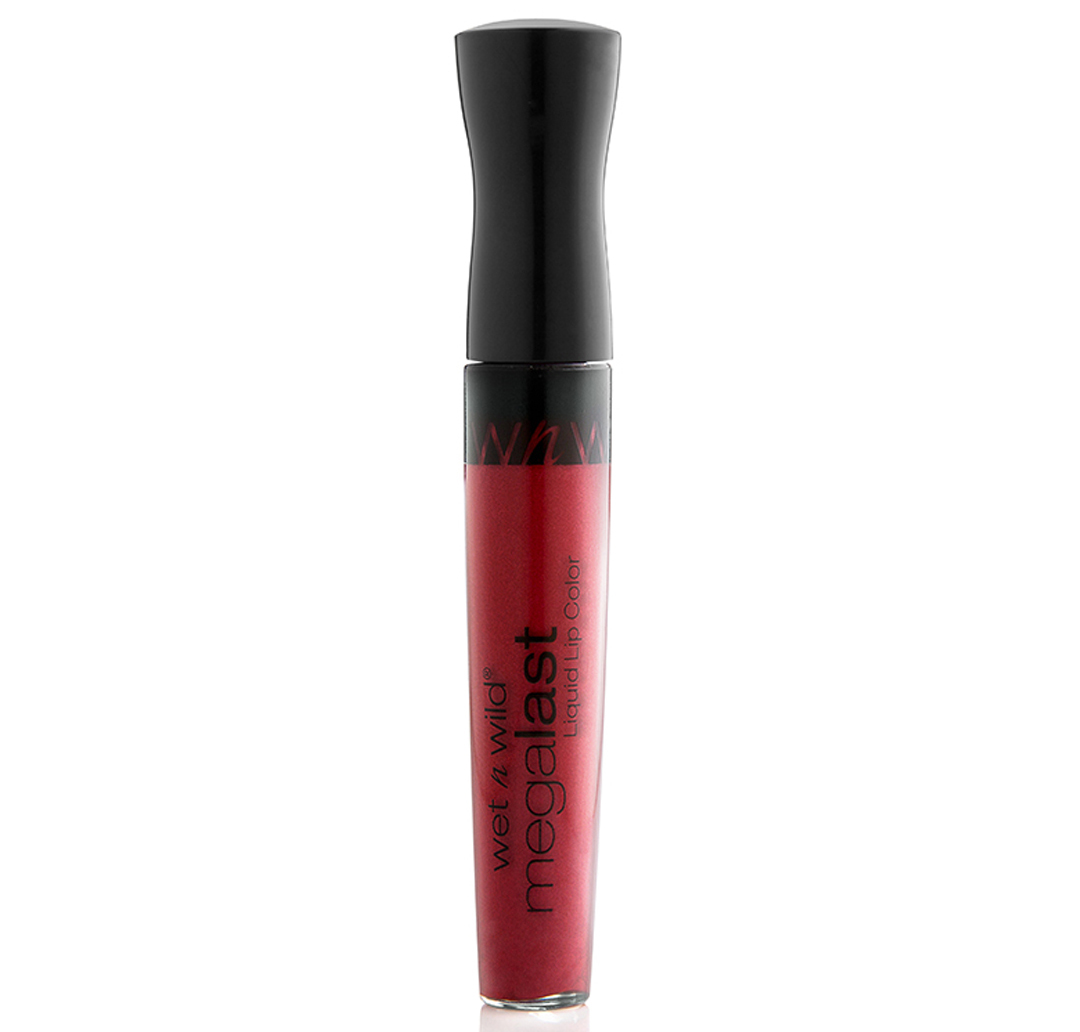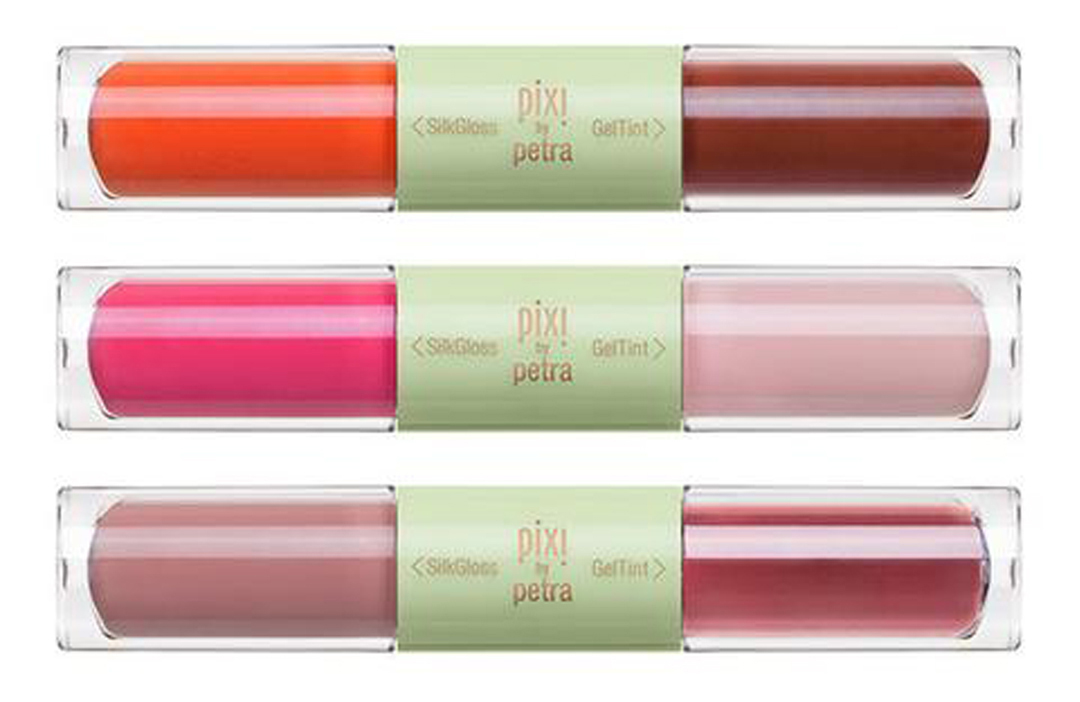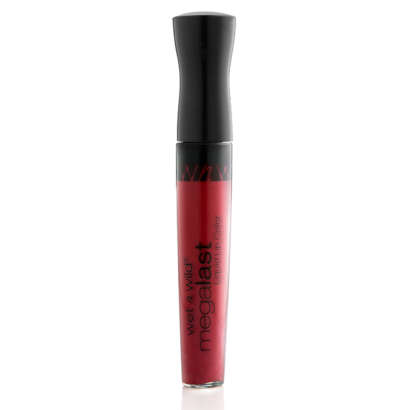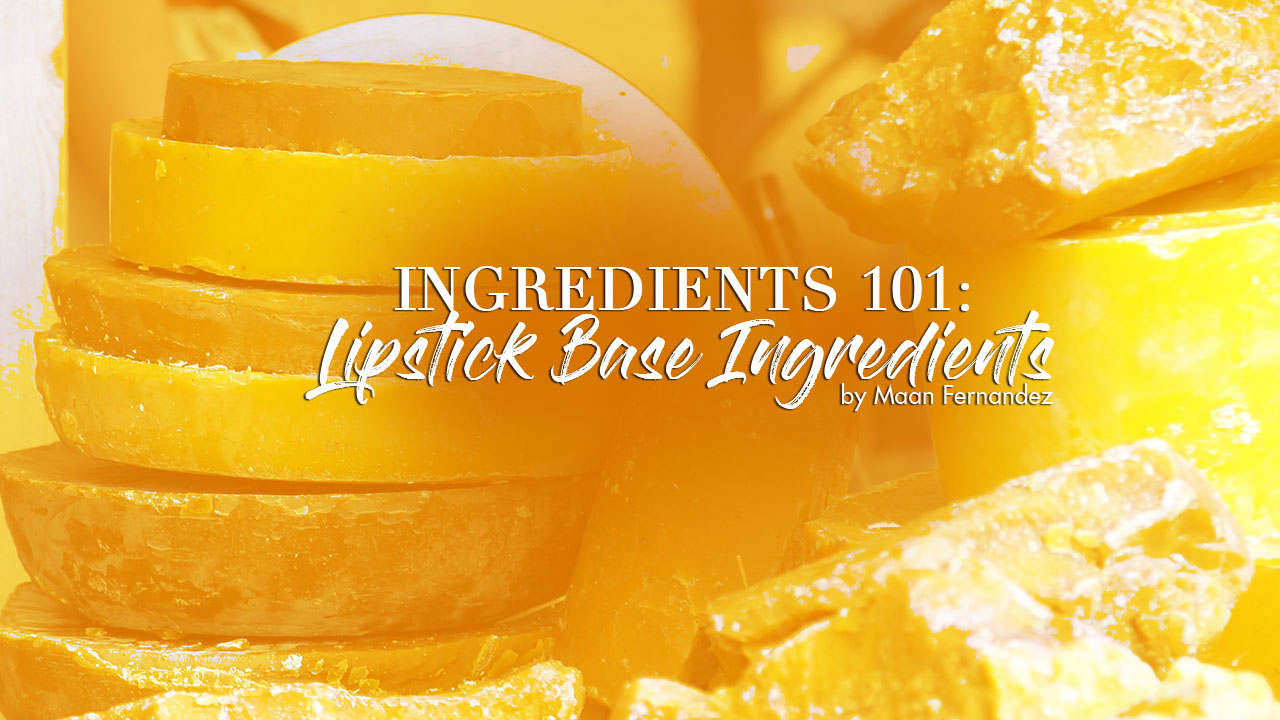
We’re pretty sure that at some point you’ve wondered what your favorite lippie is made of. With all the hype that kiss-proof, smudge-proof, transfer-proof liquid lipsticks have received, we can’t help but think what’s behind all that staying power. Well, it’s about time to find out!
For such a tiny object, you would never guess that a single stick of lipstick is comprised of several hundred different compounds. Ingredients may vary from type to type, and per brand. However, generally, the big bulk of a lipstick’s composition comes from waxes and oils.
Waxes
This would have to be the most important ingredient since it’s responsible for the structure and shape of your lippie. The type of wax also plays a huge part in the texture of lipstick and how it glides on the lips.
Beeswax
It is the most common type used in creating lipstick. Other than providing the structure, it does a great job at giving your lips the needed moisture to avoid having dry and cracked lips. However, being that it comes from bees, lipstick brands that advocate vegan cosmetics stray away from this ingredient.
For a greener alternative, Candelilla wax is a common find in lipsticks that have taken the all-natural route. It is extracted from the plant, candelilla shrub, and is known to provide your lips moisture and nourishment.
Carnauba wax is also used in various lipstick brands, and it comes from the Brazilian Carnauba palm. Of all the waxes available, it is said to have the highest melting point at about 87°C. If your lipstick is made from this wax, you surely don’t have to worry about accidentally leaving your makeup kit inside your car on a hot sunny day.
Oils
This is the second major player that further keeps your lippies intact. It is also responsible in making sure your lipstick doesn’t end up as one big melted mess inside your bag.
Lanolin oil is one of the most common type found in lipsticks. It provides rich moisture to your lips, and it’s generally used in cosmetic products for this purpose. This oil is extracted from the sebaceous gland of animals who grow wool. Solid form of lanolin oil reportedly melts at around 100 degrees F.
Another name to look out for is castor oil. It has along list of beauty benefits attached to its name, and one of these include nourishing dry and chapped lips. It also has anti-bacterial and anti-inflammatory qualities, which makes it famous in the lip balm department as well.
Quick Lipstick 101
- CREAM LIPSTICKS contain more waxes than oils: PINK SUGAR CREAMY MATTE LIPSTICK, P349
- MATTE LIPSTICKS contain more filling agents like silica and less emollients and oils: COLOURPOP ULTRA MATTE LIP, P480
- LONG-LASTING LIPSTICKS contain a lot of oil and may contain silicone oil, which further locks the color onto the lips: WET N WILD MEGALAST LIQUID LIP COLOR, P299
(There goes the answer to our question! Silicone oil is the secret to kiss-proof lippies!)
- GLOSSY LIPSTICKS contain more castor oil for that shiny and hydrating finish: PIXI GELTINT & SILKGLOSS, P690
Text by: Maan Fernandez
Sources:
Stylecaster, Compound Chem and Just Pigments




